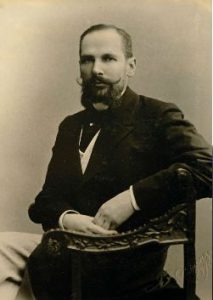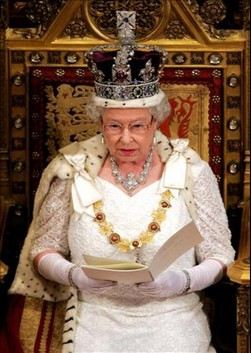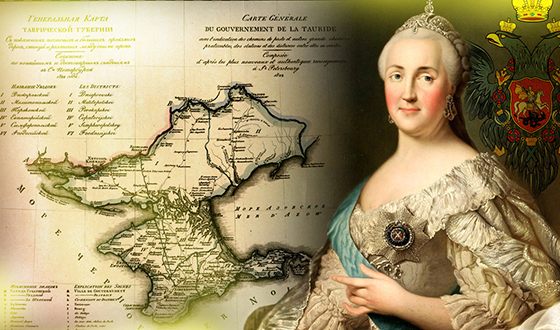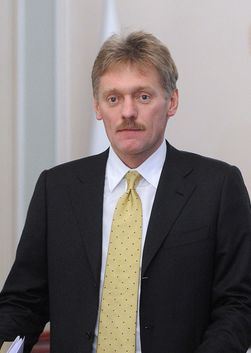Petr Stolypin
 Peter Stolypin – Prime Minister and Interior Minister of the Russian Empire, presented by some researchers as a tyrant and a “fake hero”, others as a bold reformer who made an unsuccessful attempt to modernize the country to suppress the revolutionary movement, achieve stability and prosperity.
Peter Stolypin – Prime Minister and Interior Minister of the Russian Empire, presented by some researchers as a tyrant and a “fake hero”, others as a bold reformer who made an unsuccessful attempt to modernize the country to suppress the revolutionary movement, achieve stability and prosperity.
CAREER DEVELOPMENT
In 1884, while still a student, Peter began his brilliant career in the civil service. He initially worked at the Ministry of Internal Affairs, 2 years later he moved to the Department of Agriculture, where in 1887 he received the post of assistant clerk of this institution, and in 1888 became a titular adviser. Pyotr Stolypin as a young man. Read: Domestic stars who have gained a lot of weight (photo). Incredibly successfully advancing through the ranks, in 1889 he was transferred to the Ministry of Internal Affairs and appointed to work in Kovno as the leader of the nobility and head of the court of mediators. That is, at the age of 27 he was actually in the position of general. In 1901, he was made to the state councilors, belonging to the highest nomenclature of officials. Pyotr Stolypin with the district leaders of the nobility (Kovno, 1901). In 1902, Interior Minister and Chief of the Gendarme Corps Vyacheslav von Plehve withdrew him from his vacation and appointed Grodno to the post of governor. At the initiative of the new head, significant for the province events were held – the organization of isolated peasant farmsteads, the introduction of improved labor tools and advanced technologies for growing crops with the use of fertilizers. Vocational, Jewish and female schools were opened in the city, but, as part of a rigid policy towards revolutionary movements, the Polish Club was closed, where insurgent trends were noticed. In 1902, Pyotr Stolypin was appointed governor of Grodno. Read: Famous gays and their husbands (photo) A year later, he received another province, Saratov, one of the most problematic in the peasant movements. Thanks to vigorous measures and fearlessness, he managed in a short time to resolutely suppress the unrest that reigned, having twice earned the personal thanks of Nicholas II. Under Stolypin in Saratov, many important areas of life were improved (photo of 1904). Under Stolypin in Saratov, many important spheres of life were improved — hospitals, an overnight house, water supply system, educational institutions were built, the streets were asphalted and lit up. There he found the Russo-Japanese war and riots of 1905. The governor considered outstanding the governor’s actions and appointed him in 1906 to the post of Minister of the Interior. In 1906, Stolypin was appointed Minister of the Interior. The previous heads of the Ministry of Internal Affairs, Dmitry Sipyagin and Vyacheslav von Plehve, were killed by revolutionaries. By that time, Stolypin himself had already made four attempts. The terms of reference of the minister of this department was very large, so Peter Arkadyevich was not enthusiastic about the new appointment, but was forced to accept it. In the same period after the dissolution of the 1st State Duma, in addition to his position, he headed the government. In the new post, he again showed his deserving qualities – personal courage, excellent oratorical abilities, and courage. To combat the revolutionary violence, the law on field courts was instituted (as a result, the gallows in the people began to be called “Stolypin’s tie”). A bold reformer, Prime Minister of the Russian Empire, Pyotr Arkadyevich Stolypin. In 1907, the 2nd Duma was dissolved, the positions of right-wing forces were strengthened, and the reforms initiated by the prime minister, in particular, the famous agrarian reform (later known as “Stolypin”) began to be actively introduced . Its main idea was to introduce private ownership of land to farmers. With the submission of Peter Stolypin, a number of progressive draft laws were proposed. Read: 11 qualities of men that they prefer to hide from women. On the submission of an active leader, a number of progressive draft laws were proposed, including acts on social insurance, on the rights of Jews, on the modernization of the Naval General Staff, on general initial education. However, Stolypin failed to save the empire from collapse.
FAMILY OF STOLYPINA: WIFE AND CHILDREN A future reformer married at 22 as a student. His beloved, maid of honor, Olga Neidgardt with a very worthy dowry (about 5000 acres in Kazan province), at that time turned 25 years old. Prior to that, she was the bride of his brother Michael, who was killed in a duel by Prince Ivan Shakhovsky in 1882. According to one version of young people brought common misfortune, according to another – before death, the brother joined their hands, expressing the last wish that they were together. Pyotr Arkadyevich Stolypin with his wife Olga Their marriage turned out to be happy and having many children. The prime minister was a loving and caring husband and father of five daughters – Maria, Natalia, Alexandra, Elena, Olga – and the son of Arkady, the youngest child in the family. Until the end of his life, Stolypin sent his wife full of love and tenderness letters, which indicates the strength of their marriage.



